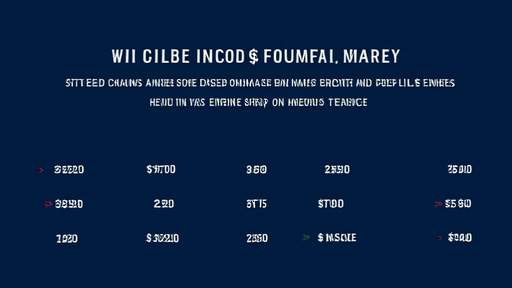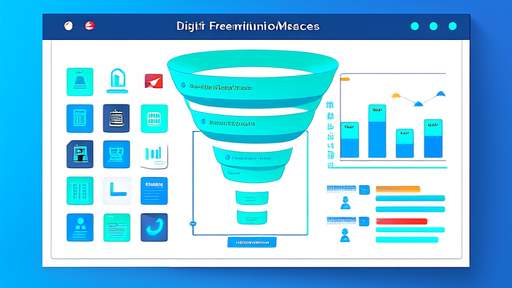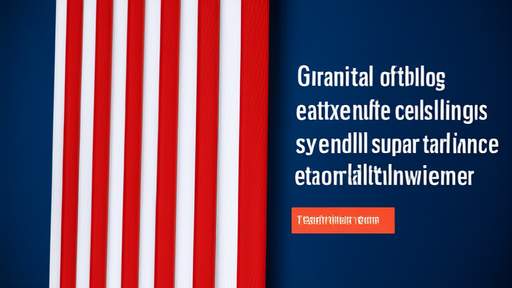The global rise of direct-to-consumer (DTC) brands has reshaped international e-commerce, yet tariff complexities remain a persistent challenge for cross-border sellers. As these digitally-native companies expand beyond their home markets, strategic tariff optimization becomes not just advantageous but essential for maintaining competitive pricing and healthy profit margins.
For DTC brands shipping physical goods internationally, customs duties often represent one of the most unpredictable cost variables. Unlike established multinational corporations with dedicated trade compliance teams, many emerging DTC brands lack the infrastructure to navigate complex harmonized tariff schedules. This knowledge gap frequently leads to either overpayment of duties or unpleasant surprises when shipments get held at customs.
The first wave of DTC brands frequently treated tariffs as an afterthought, either absorbing the costs or passing them directly to consumers through transparent "all-in" pricing. However, as the market matures and competition intensifies, sophisticated players are developing more nuanced approaches to duty optimization that go beyond these basic strategies.
One underutilized approach involves strategic product classification. The Harmonized System (HS) codes that determine duty rates often contain ambiguities that allow for legitimate interpretation. A wool sweater might be classified differently than a wool cardigan, even if the items are nearly identical. Savvy brands work with customs brokers to identify classifications that accurately represent their products while minimizing duty exposure.
Geographic diversification of fulfillment centers represents another powerful lever for tariff optimization. By distributing inventory across multiple countries prior to final sale, brands can often reduce or eliminate cross-border shipments to end customers. This approach requires careful analysis of trade agreements between potential warehouse locations and target markets. The European Union's single market, for instance, allows for duty-free movement between member states once goods clear EU customs.
Free trade agreements (FTAs) present frequently overlooked opportunities for duty reduction. Many modern FTAs contain provisions specifically designed to benefit small and medium enterprises, yet DTC brands often fail to claim these benefits due to documentation complexities. Brands that invest in understanding rules of origin requirements can frequently qualify for preferential rates, particularly when sourcing materials from FTA partner countries.
De minimis thresholds - the value below which shipments qualify for duty-free entry - vary dramatically by country and represent a critical consideration for pricing and packaging strategies. Some brands intentionally keep shipment values below these thresholds by splitting orders or adjusting product bundles. However, this approach requires balancing operational efficiency against duty savings, as increased shipping volume may offset tariff benefits.
Seasonal tariff planning has emerged as another sophisticated strategy. Some countries adjust duty rates temporarily to address domestic supply issues or promote specific industries. Forward-looking brands monitor these changes and time their inventory movements accordingly. Agricultural products often see the most dramatic seasonal fluctuations, but even fashion brands can benefit by aligning shipments with off-peak duty periods.
The materials composition of products frequently determines their duty classification, creating opportunities for strategic product design. A handbag with a leather exterior might face different duties than one made primarily of textile, even if the end use is identical. Some brands work with designers and materials specialists to develop products that meet both aesthetic goals and optimal tariff profiles.
Postponement strategies allow brands to defer duty payments until actual sales occur, significantly improving cash flow. This approach involves shipping unfinished goods to foreign markets and completing final assembly or packaging locally. While requiring more complex logistics, postponement can also help brands circumvent anti-dumping duties that apply only to finished goods.
Digital products and hybrid physical-digital offerings present unique tariff advantages that some DTC brands leverage creatively. While most countries don't assess duties on purely digital goods, many physical products can be enhanced with digital components that potentially alter their classification. A skincare device with accompanying app functionality, for instance, might qualify for different treatment than a standalone mechanical device.
Subscription models introduce additional tariff optimization possibilities. By establishing ongoing commercial relationships with customers rather than discrete transactions, some brands successfully argue for treatment as continuous importations rather than individual shipments. This can sometimes qualify goods for different duty categories or valuation methods.
Customs valuation methods offer another dimension for optimization. While most countries use transaction value as the primary basis for duty assessment, alternative methods sometimes produce favorable results. Brands with related-party transactions or complex transfer pricing arrangements should particularly examine whether declared values align with all allowable deductions and adjustments.
As regulatory scrutiny of e-commerce shipments intensifies globally, compliance has become inseparable from optimization. The most effective tariff strategies don't seek to evade legitimate duties but rather to apply all available provisions and interpretations advantageously. Brands that view customs compliance as a strategic function rather than just a cost center often discover unexpected opportunities hidden within complex regulations.
The evolving landscape of international trade continues to present both challenges and opportunities for DTC brands. Those that develop institutional knowledge around tariff optimization gain measurable competitive advantages in pricing, margin protection, and delivery speed. As cross-border e-commerce matures, tariff strategy will likely become a core competency separating thriving global DTC brands from those constrained by borders.

By /Jun 3, 2025

By /Jun 3, 2025

By /Jun 3, 2025

By /Jun 3, 2025

By /Jun 3, 2025

By /Jun 3, 2025

By /Jun 3, 2025

By /Jun 3, 2025

By /Jun 3, 2025

By /Jun 3, 2025

By /Jun 3, 2025

By /Jun 3, 2025

By /Jun 3, 2025

By /Jun 3, 2025

By /Jun 3, 2025

By /Jun 3, 2025

By /Jun 3, 2025

By /Jun 3, 2025

By /Jun 3, 2025

By /Jun 3, 2025